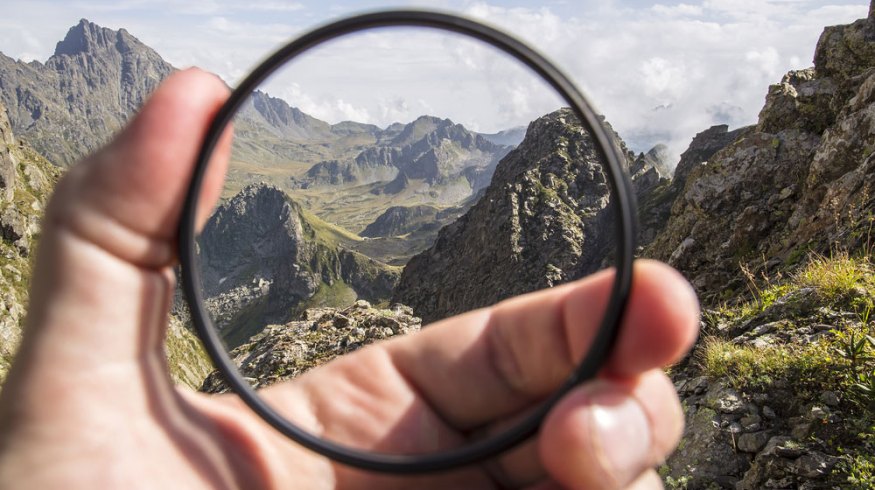
Are Clear UV Filters a Pro or a Con for Expensive Lenses
To UV or not to UV. Let’s explore the pros and cons of UV filters, and when and how it can be your best friend.
If you thought the Sony vs. Canon debate was loud, you might find that quiet compared to the discussion surrounding UV filters. There are photographers who believe placing a UV/Clear filter onto an expensive lens as a safety precaution is a necessity, and those who argue UV filters are a waste of time and an impediment of image quality—however minimal that may be.
Why Use a UV Filter?
When shooting with 35mm film, the celluloid is susceptible to UV light. As a result, when photographing in bright sunlit conditions—say the beach or an open nature reserve—you’ll find the photographs receiving a slight blue cast to the colors, or perhaps other hues slightly washed out. To counter this, one could use a UV filter to minimize the UV light, resulting in a photograph with more accurate colors. UV filters were also slightly useful at the start of the digital camera introduction era when sensors weren’t capable of fully rendering UV light null and void.
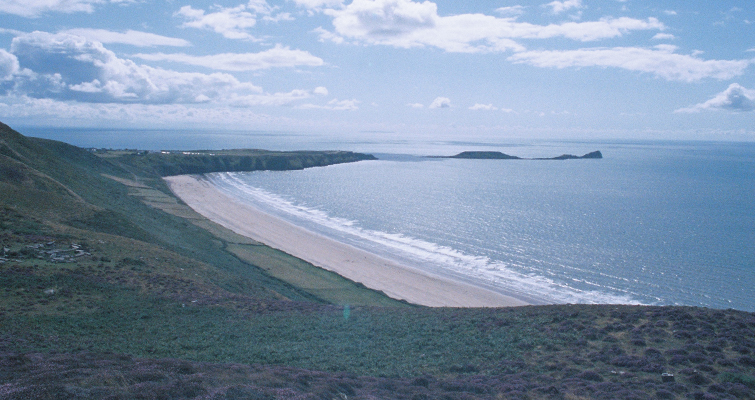
However, in 2021, it merely isn’t an issue with modern digital sensors and RAW processing. Current sensors will be aggressively filtering UV light better than any filter attached to the lens’s front. As such, when placing a UV filter onto a lens attached to a modern DSLR or mirrorless camera, it becomes nothing more than an extra piece of glass on your lens. And, unlike an ND filter or polarizing filter, UV glass isn’t optically adjusting your photos.
So, why use one?
The Argument for . . .
Knowing that a UV filter doesn’t do much in the way of modern technology, it may seem a moot point even to use one. However, photographers like to use the filter, not to protect against UV rays, but to protect their lens.
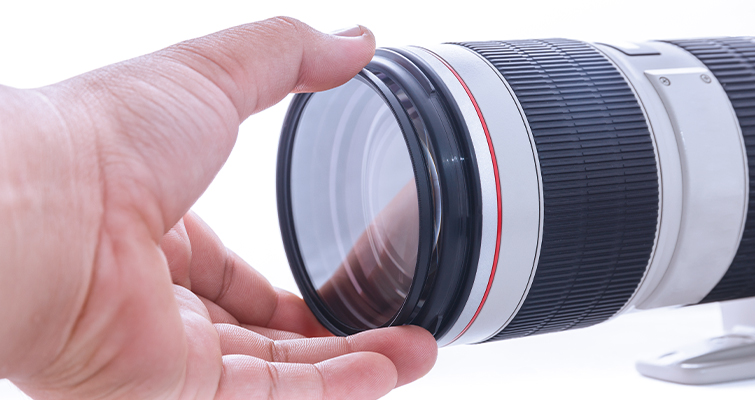
Not so much in the way of heavy-handling and accidental drops, but as a means of protecting the front element of a lens from scratches, dirt, liquid, and dust. After buying such an expensive lens, the last thing you want to find is, when out in the forest, you’ve accidentally scratched the front element and have to send it in for a costly repair. However, a clear UV filter, which is only going to be a fraction of the lens’s cost, can easily be replaced if damaged.
Additionally, as Phil Steele points out in the video below, every time you clean your lens, you’re creating micro-abrasions. While modern lens coatings are incredibly resistant, in the long term you may see a degrading of the lens quality if you’re consistently cleaning your lens. However, this would have to be over a significant period of time, with continual cleaning upon each use.
As Phil also points out in his video, his filter got a droplet of something, and every time he wiped it away, it further smeared into the surface of the filter—not even his local camera shop could fully clear the substance. In the end, he just threw away the $100 filter. If this was the front of a lens, he’d be in store for a costly repair.
I, too, can somewhat relate to this issue. I live in a coastal region, and I’m always photographing and filming near the coast. On days with strong wind, there’s a thin layer of saltwater mist near the water’s edge (I’ve previously written a tutorial on how you can clear the haze it creates). We all know how treacherous salt water can be for our electronics. As such, I frankly prefer to clean saltwater mist from the glass of a $125 filter than a $1799 lens.
The Tl;dr: UV filters are easier to clean and cheaper to replace than a new lens or repair cost.
The Argument Against . . .
Some view attaching an ineffective filter as an impediment to getting the purest quality photograph. By technicality, placing any additional glass or filter on top of the lens is just another element the light has to pass through. The more expensive filters on the market tout this at a 0.5% reduction in light, which, in reality, is next to nothing overall. But, it is a reduction.
The degree to which the photograph may be hindered depends entirely on the quality of the filter. In the image below (excuse the quality, I pulled it from a Jan. 2020 Instagram story archive), we can see the difference between an expensive filter and a budget filter. The glass isn’t clear, and there’s a slight color cast to the filter, which will be reflected in your photographs resulting in further post correcting.

This paints another detriment if you intend on using a UV filter. Buying a pro-series lens is costly as is, let alone another 10% towards an extra accessory.
However, when using an expensive filter that’s been properly engineered to minimize all possible image defects, the likelihood of finding any possible color, sharpness, or quality issues would have to be on the pixel-peeping level. Take a look at this image from the 5D MK IV on a 24-70mm 2.8 II.

This is the image with no filter.

This is the image with a $130 B+W Nano Coated UV Haze Filter.

This is both images side by side at a 400% crop.

See any differences? Me neither.
Another argument against UV filters is the possible inclusion of ghosting and flares in bright circumstances. This is ultimately the strongest argument against using a UV filter to protect the lens, as even multi-coated filters may fall victim to flaring at the right angle. In these situations, if you don’t have a lens hood at hand, the only option is to remove the filter to stop the ghosting.
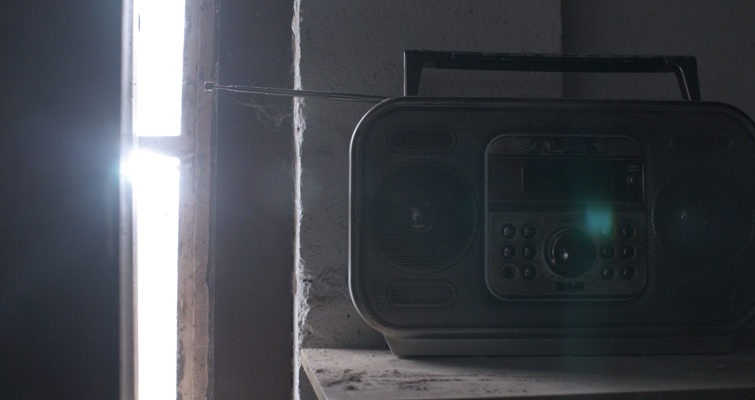
The Tl;dr: Good UV filters are expensive, but they can still cause flares.
To UV or Not to UV
This debate isn’t going away and, once they’ve chosen a side, folks seem hesitant to budge to a different position. Ultimately, like safety precautions, it comes down to the necessity of being prepared if an accident were to happen—and if you want to pay for that preparedness, however unlikely an accident may be.
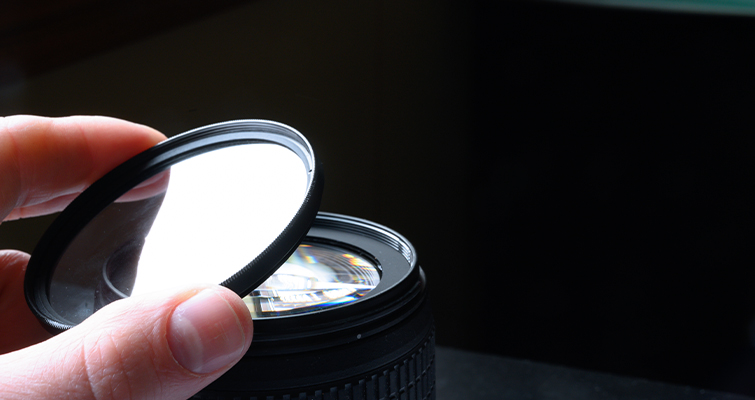
Modern lenses are incredibly resilient and, realistically, the likelihood of severely scratching your front element is low. But, it’s that element of: “Well, what if it did?” Accidents happen.
Since 2008, I’ve owned around twenty-eight lenses. We could move that closer into the thirties if we included cameras with fixed lenses like the Fuji X100 series. If we also account for lenses I’ve received to review or lenses that have arrived with a camera to review, I’m sure we could push my lens history well into the fifties margin.
Out of the estimated fifty lenses I’ve had in my possession, how many have I damaged? Zero. I take meticulous care of my lenses. And, usually, when I part with them, they’re in such excellent condition that I can list and sell them as “like new.”
However, for two years I had a Blackmagic Pocket Cinema Camera 4K, and on the lens, a Voigtlander 17.5mm, I had a variable ND filter permanently attached. There was no need to remove it, and it was always needed. And, what does that filter have in the center? A scratch.

Whether or not the Voigtlander would have also received a scratch if the filter wasn’t attached remains a mystery, but I thankfully don’t have to know.
I’m personally in the camp of using UV filters as the lenses I have are at the cost of $1500 upward. I use the B+W Nano Coated UV Haze Filter, which has a 99.8% light transmission. Each glass surface includes multiple layers of anti-reflection coating to prevent internal ghosting. For me, I’m happy to lose 0.2% of light for the peace of mind in knowing the lens has that extra layer of protection if an accident ever occurred.
Cover image via Koldunov Alexey.
For more on filters and lenses, check out the articles below:






